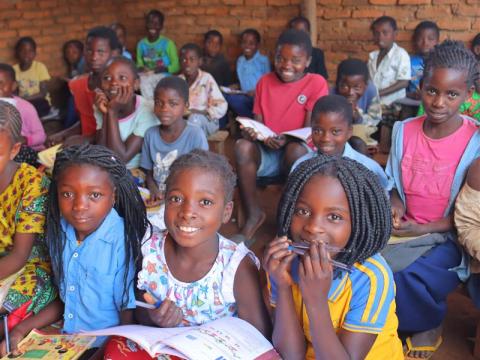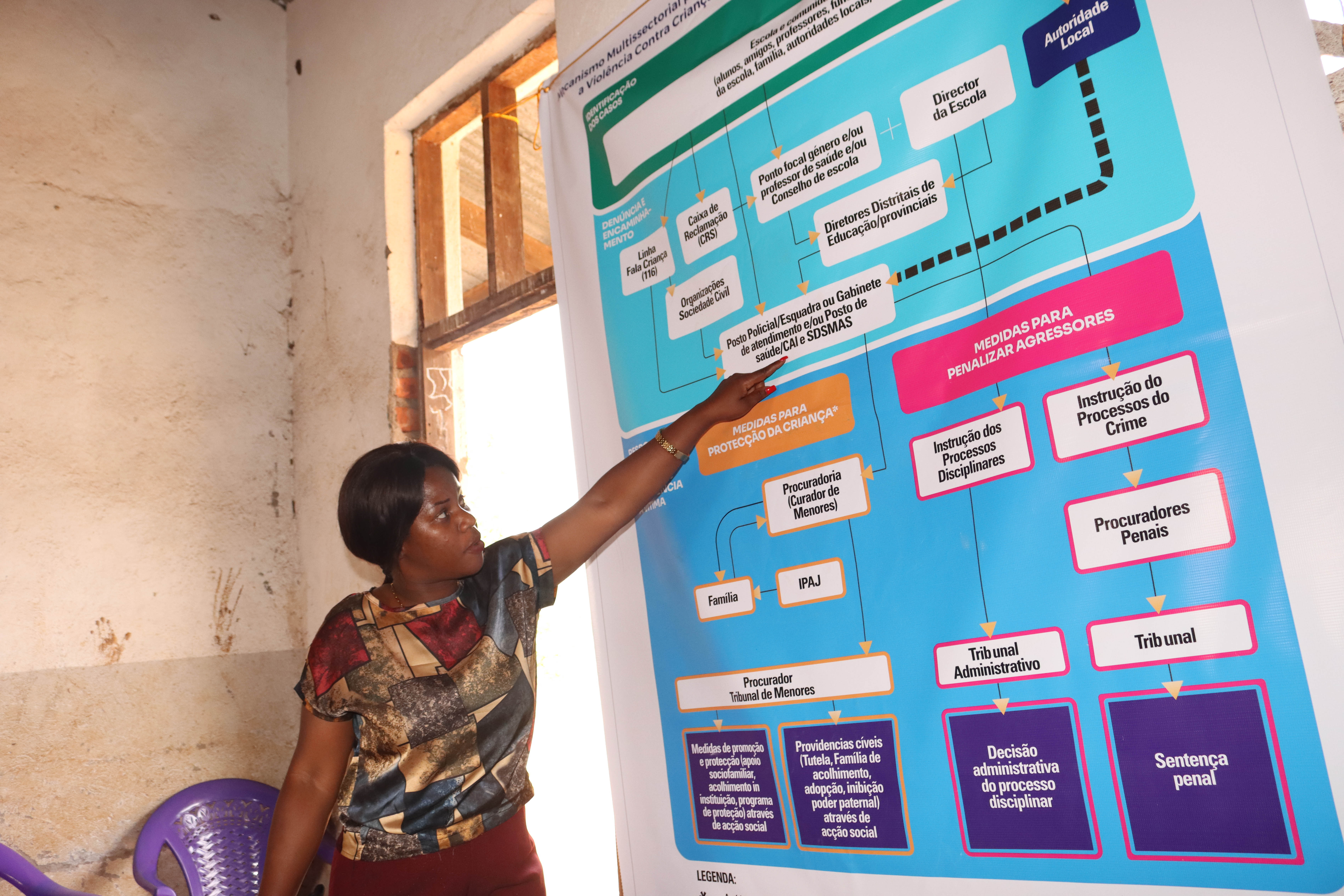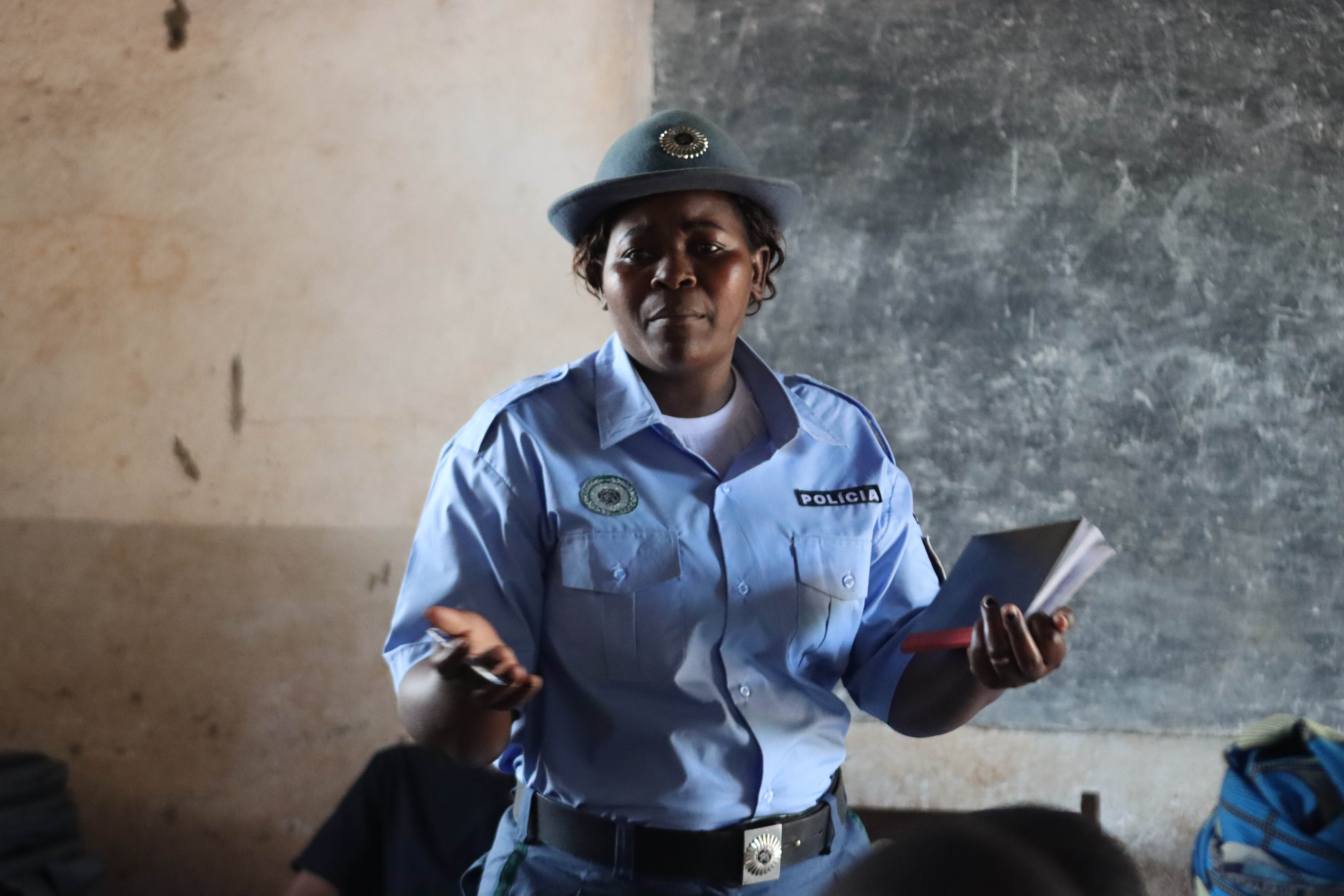School Feeding Project Reinforces Child Protection Cycles Around Schools In Mozambique

The veil of silence and impunity continues to cover crimes of violence against children in schools and communities, keeping the victims in a cycle of vulnerability that is much disproportionate for girls.
To break this cycle, the Partnering for Sustainable Education Outcomes (PARES) project is disseminating the Multisectoral Mechanism for Prevention, Reporting, Referral, and Response to Violence Against Children in schools in the provinces of Nampula and Zambézia.
This initiative covers 74 primary schools out of 157 that are currently assisted by the project, with prospects of expansion to all targeted schools in later stages.

“School principals, school council chairs, community leaders and local chiefs are the main audience of this campaign because they are the bridge between the school and/or community and the law enforcement authorities,” explained Simone Jussar, Community Engagement Manager for PARES project.
More than calling out the crimes and denouncing perpetrators, the mechanism seeks to elevate social awareness to prevent these acts from occurring by disseminating laws and regulations related to child protection, including the Law that Prevents Early Marriages. In these meetings, the project is also disseminating Mozambique’s Child Helpline (Linha Fala Criança - Portuguese), a free public service accessible nationwide by dialing 116.
In each district, the mechanism is led by the Public Prosecutor's Office, aided by the Police and other law enforcement units, civil society organizations, Education and Health sectors, community leaders and administrative authorities. They intervene in prevention, response, and assistance to victims and their reintegration into school.
With the expansion of this mechanism, stakeholders feel empowered to increase vigilance to denounce all types of violence against children in schools and communities.

“Violence against children happens within our surroundings, and often the victims and the families don’t know where to press charges or even feel intimidated. But now we have several ways to refer these crimes to the authorities,” acknowledged Dominguinho Julião of the District Service for Education, Youth, and Technology in Milange, in Zambezia province.
The justice sector recommends that key actors in the mechanism take greater responsibility for reporting and prevention.
“Most acts of violence are public crimes and, as such, once committed, they give rise to criminal proceedings without the need for a complaint from the victim,” said Lucas Jonas, representative of the Institute for Legal Aid and Assistance (IPAJ) in Milange.
PARES is a consortium led by World Vision Mozambique in partnership with the National School Feeding Program of the Ministry of Education and Culture, the Centre of Learning and Capacity Building of Civil Society, Catholic Relief Services and the International Food Policy Research Institute. The McGovern-Dole International Food for Education and Child Nutrition Program of the United States Department of Agriculture